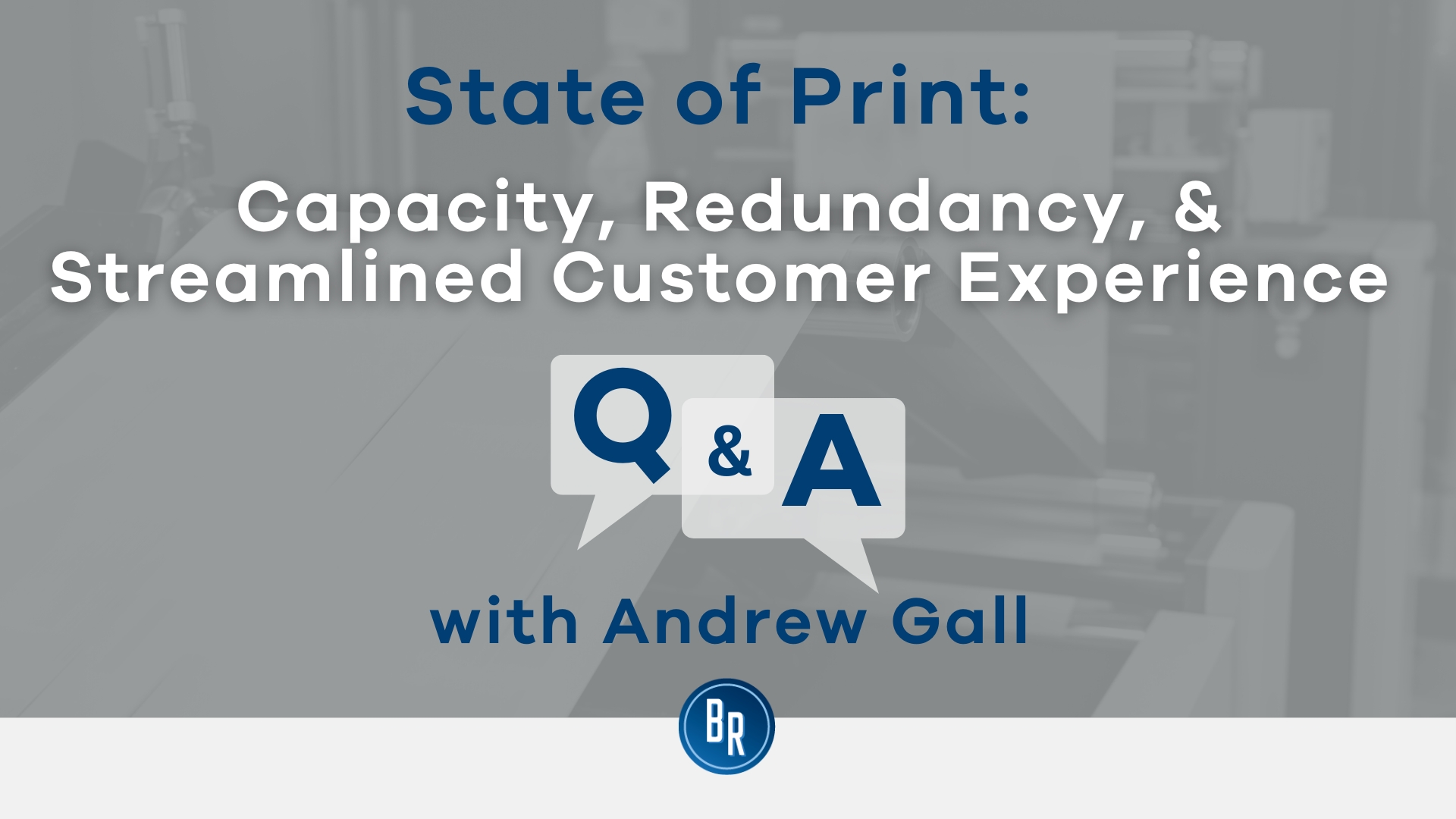What Happens to Redundancy If Company Goes Bust? A Guide to Your Rights
Wiki Article
Discovering the Operational Characteristics of Company Redundancy and Its Long-Term Sustainability

Redundancy Strategies for Company Connection
In order to make certain nonstop operations, organizations must carry out reliable redundancy strategies for business continuity. Redundancy in this context refers to the replication of critical components or features within a system to alleviate the impact of possible failures. By including redundancy approaches, companies can enhance their durability versus disruptions brought on by various elements such as all-natural calamities, devices failings, or cyber-attacks.
One typical redundancy strategy is the application of back-up systems and data storage options. This includes producing duplicates of crucial information and systems that can be activated in instance of a main system failure. Furthermore, organizations can develop repetitive communication channels and power resources to keep connectivity and operations during unexpected events.
Additionally, cross-training employees to perform multiple functions within the company can function as an important redundancy approach. This makes certain that vital jobs can still be accomplished even if crucial workers are unavailable due to health problem or various other factors. On the whole, efficient redundancy approaches are vital for services to promote operational connection and lessen the effect of potential disruptions.
Impact of Redundancy on Organizational Durability
Given the critical duty redundancy approaches play in ensuring service continuity, discovering the effect of redundancy on business durability becomes necessary for comprehending the holistic operational characteristics of a business. Business durability describes an entity's capability to adjust to disruptions, recuperate from problems, and transform when essential while keeping core features. Redundancy, when strategically implemented, can significantly contribute to boosting an organization's resilience when faced with unforeseen obstacles. By having backup systems, personnel, or procedures in place, business can better hold up against shocks and continue operations with very little disruption.Moreover, redundancy can boost staff member spirits and confidence, understanding that there are contingency strategies in place to address unpredicted circumstances. This sense of protection can cause increased efficiency and a more positive workplace. Furthermore, redundancy can promote innovation and creative thinking within an organization as workers feel encouraged to take calculated dangers, knowing that there is a safeguard to sustain them in instance of failure. On the whole, the impact of redundancy on organizational durability is extensive, shaping the long-term sustainability and success of a firm.
Stabilizing Efficiency and Flexibility in Redundancy
Attaining a harmonious equilibrium between operational performance and flexible versatility is a critical difficulty in the calculated deployment of redundancy within companies. Efficient procedures are necessary for maintaining efficiency and cost-effectiveness, making certain that resources are used ideally. Nevertheless, extreme focus on efficiency alone can lead to rigidness, making it tough for companies to adapt to unexpected changes or challenges. On the other hand, versatility allows companies to react nimbly to developing circumstances, cultivating innovation and strength. Yet, also much versatility without a strong functional structure can lead to inefficiencies and incongruity.To stabilize effectiveness and adaptability in redundancy preparation, organizations should meticulously examine their functional requirements, market characteristics, and critical objectives. Inevitably, locating the appropriate stability between performance and versatility is important for constructing a lasting and resilient company in the face of uncertainty.
Long-Term Sustainability With Redundancy Planning
To guarantee long-lasting viability and security, organizations have to strategically straighten their redundancy planning with lasting sustainability objectives, consequently harmonizing operational efficiency with flexible versatility. Long-term sustainability with redundancy planning entails greater than simply short-term cost-cutting procedures. It calls for a comprehensive strategic approach that anticipates future challenges and possibilities. Firms should see redundancy not as a reactive solution to immediate troubles but as a proactive approach for lasting success. By integrating redundancy planning with sustainability purposes, organizations can develop a durable structure that can stand up to different market changes and inner adjustments.
Aggressive Actions for Lasting Business Workflow
How can companies proactively enhance their functional sustainability for lasting success? Applying positive steps is important for firms aiming to make sure lasting procedures. One vital strategy is to spend in technology and innovation to simplify processes, lower waste, and stay competitive on the market. Adopting lasting practices such as lowering energy intake, lessening carbon footprint, and enhancing resource use can not only benefit the environment but also result in set you back financial savings over time.Furthermore, promoting a society of continuous enhancement and understanding within the organization can improve flexibility to changing market conditions and client needs. Urging staff member participation in decision-making processes and providing possibilities for expert development can enhance morale, productivity, and total performance. Developing clear goals, keeping track of key efficiency signs, and frequently evaluating progression are important components of positive sustainability management.
Teaming up with providers, consumers, and other stakeholders to advertise lasting practices throughout the supply chain can develop a ripple result of positive influence - redundancy pay if company goes bust. By taking proactive actions towards functional sustainability, companies can construct durability, drive innovation, and secure their lasting success in an ever-evolving organization landscape
Conclusion

In the realm of business administration, the strategic implementation of company redundancy stands as a crucial yet elaborate technique that requires a fragile balance in between operational performance and long-term stability. By dissecting the functional dynamics that underpin business redundancy and evaluating its wider implications for organizational strength and flexibility, a nuanced understanding of exactly how redundancy approaches can form the future trajectory of a company starts to unfold.Given the crucial function redundancy methods play in making sure redundancy if company goes bust service connection, discovering the impact of redundancy on organizational strength becomes critical for understanding the alternative functional characteristics of a company. In general, the impact of redundancy on business strength is extensive, forming the long-term sustainability and success of a business.
In final thought, comprehending the functional characteristics of firm redundancy is crucial for guaranteeing long-lasting sustainability.
Report this wiki page